Tapping into the maker-sphere can bring special and distinct pieces to your projects, but finding the right indie vendors can take some time. This week, we asked seven designers—Jeannine Bogart, Amy Courtney, Guillaume Coutheillas, Sherrell Neal, Theresa Ory, Nicole Roe and Rosa Santiago Zimmerman—how they discover new artisans to work with.
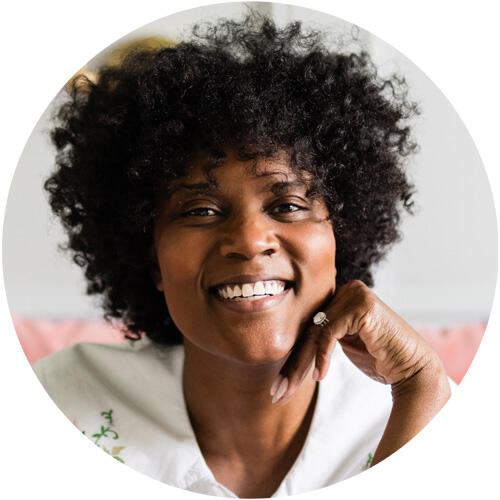
Layered Approach
“Vetting new makers is less formulaic for me. I tend to follow my instinct. I’m drawn to what I love and what feels necessary for a project. If a maker’s work speaks to the story I’m trying to tell, that’s where the conversation begins. Heritage also matters to me. I value the integrity and patience it takes to build something long-lasting. I align with makers who speak that same language and those who don’t compromise quality or craftsmanship just to meet demand. There’s something powerful in proving that staying rare is still desirable. I’ve always been curious about how things are made and where they’re sourced. Traveling to the places where so many of our goods originate has taught me that price and value don’t always live in the same column. I’m learning to study materials and products more thoughtfully, considering not just what they cost but what truly qualifies their value. There’s something meaningful behind using natural materials and traditional techniques to create something genuine and timeless. I love to attend trade shows and markets to stay current on emerging trends and innovation in the marketplace. I follow auction houses for inspiration and sourcing. When the project calls for it, I enjoy collaborating with local talent to design and build custom pieces.” —Sherrell Neal, Sherrell Design Studio, Houston

Use Your Network
“Some of my favorite vendors have come from designer friends or even clients, who often have a contractor, painter or specialist they’ve worked with in the past and want to bring on board. I’ve also found great vendors through platforms like Yelp. The key is doing your due diligence, beyond just reading reviews. Ask for referrals, or even go out of your way to meet them in person or visit their shop. Taking the time to vet people properly can make all the difference in finding reliable, skilled makers.” —Amy Courtney, Amy Courtney Design, New York

In Their Shoes
“Having been a maker myself in a former life, [when] I had a small business handcrafting wall decor, I have a deep understanding of both sides of the fence. At the end of the day, I’m finding makers the same way I hope a client would find my firm. Referrals are always a good idea. While I want their work to speak to me, I understand that much like interior designers, they don’t want to be limited to only repeat work they’ve already done. By simply conversing about mediums they’re experienced in and areas they’re eager to explore, we can fine-tune which person would be best for which custom product or finish we’re creating together. Supporting images in related mediums always helps provide a deeper perspective on the details. If there are red flags from lack of experience, disinterest or a history of not delivering on time (the worst), we move on! If, on the other hand, it’s a vibe, their character appears as amazing as their skill sets, and I’m asking them to do something they’ve never done before, I’m going to trust my discernment and place my bet on them—the same way I would want my clients to believe in our capacity to deliver incredibly good design work.” —Theresa Ory, Theresa Ory Interiors, Atlanta
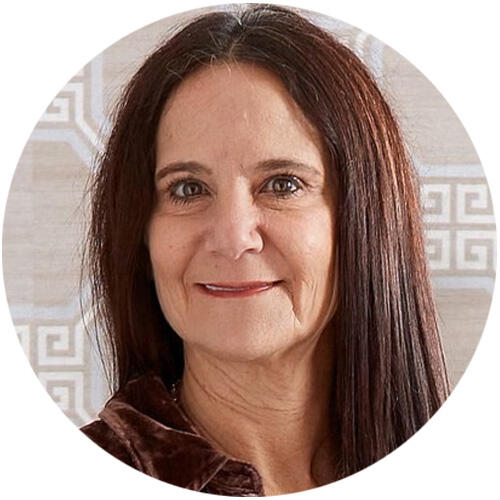
Trial Run
“We primarily find new makers through trusted referrals, then vet them by reviewing past work, reading reviews and conducting phone interviews to understand their process and approach. If there’s a fit, we start with a small project as a trial. Once we commit, we’re extremely loyal—some relationships span decades. This consistency builds a shared language, a deep understanding of each other’s strengths and a high level of trust. We don’t chase the lowest bid. We value relationships that hold steady, especially when projects hit inevitable snags—because that’s when experience and trust matter most.” —Jeannine Bogart, Epic Interiors, Chicago

Online Platform
“One of our favorite resources over the years has been Wescover. It’s a platform that’s connected us with nearly 20 incredible makers. What we love about Wescover is that it feels both curated and community driven. You’re not just scrolling through random products, but you’re discovering real people, real craftsmanship and pieces that have a story behind them. The platform also allows for direct messaging with makers, which means we can request custom pieces or explore what else they offer. That personal connection is key. The other great part is there are reviews. Each maker’s page includes feedback from past buyers, which helps us vet quality, communication and reliability before making a purchase. And with the backing of the Wescover team behind it all, there’s an added layer of confidence in the experience. There are so many talented individuals working hard to get their work seen. Wescover helps them get discovered but also has a trade program that leaves room for designers to profit.” —Nicole Roe, R. Nickson Interiors, Lakeland, Florida

Around the World
“We’re constantly researching [independent vendors] through travel, design fairs, studio visits and word of mouth. We look for creators who have a deep respect for their craft but aren’t afraid to subvert tradition. We ask: Are they open to collaboration? Can they meet the level of detail and dialogue our projects require? That’s what allows us to introduce clients to new voices with confidence.” —Guillaume Coutheillas, FrenchCalifornia, New York

Step by Step
“Nothing will derail your project or your reputation faster than the wrong maker. The people you choose to work with, especially your makers and fabricators, are an extension of your team and a reflection of your abilities. If you’re spending days chasing quotes, putting out fires or constantly pivoting to ‘make it work,’ it’s time to tighten the process. Have your assistant or junior designer create a shortlist based on your nonnegotiables: budget, lead time, location, material and style. Approve a standard email script to request rate sheets, minimums, lead times and portfolio samples. Once that info is in, pick up the phone and ask your trusted trade pros, contractors, installers and other vendors [for their experiences and recommendations]. Ask the right questions and triple check anything that seems too good to be true. Trade associations and design centers exist for a reason—they save you time and connect you to people who already speak your language. Tap into professional groups like ASID [the American Society of Interior Designers], NKBA [National Kitchen & Bath Association], IDS [Interior Design Society] and NAWIC [National Association of Women in Construction]. Ask their referral desks for fabricators and makers who have been vetted by other members. When using social media, look for clear product photography that shows the actual workmanship; process videos or behind-the-scenes reels that show how things get made; real feedback from designers who’ve tagged them;, highlight reels that include FAQs, pricing or lead times; and, finally, quick response time to direct messages. If they take days to answer a DM, imagine how they’ll handle production delays. Never go all-in with a maker you haven’t worked with before. That first job is the interview. Start with a single piece or a prototype. Ask for a clear timeline and request progress photos at each stage. Pay attention to packaging, freight handling and communication during delivery. Take notes on how they handle bumps along the way. Everyone makes mistakes; what matters is how they respond. If they meet deadlines, communicate clearly and fix issues fast, that’s someone worth working with again.” —Rosa Santiago Zimmerman, RSZ Design + Development, Freeport, Florida



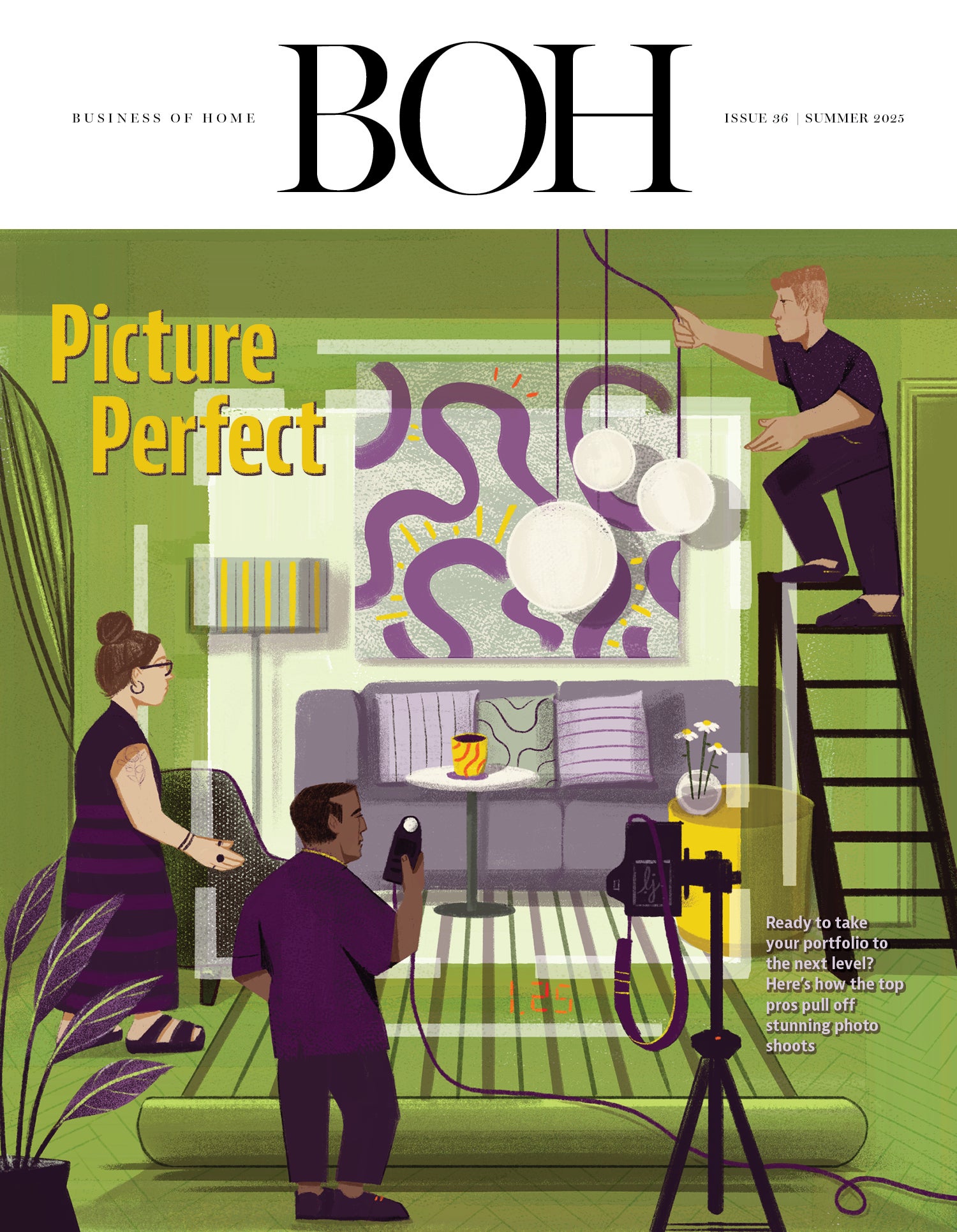




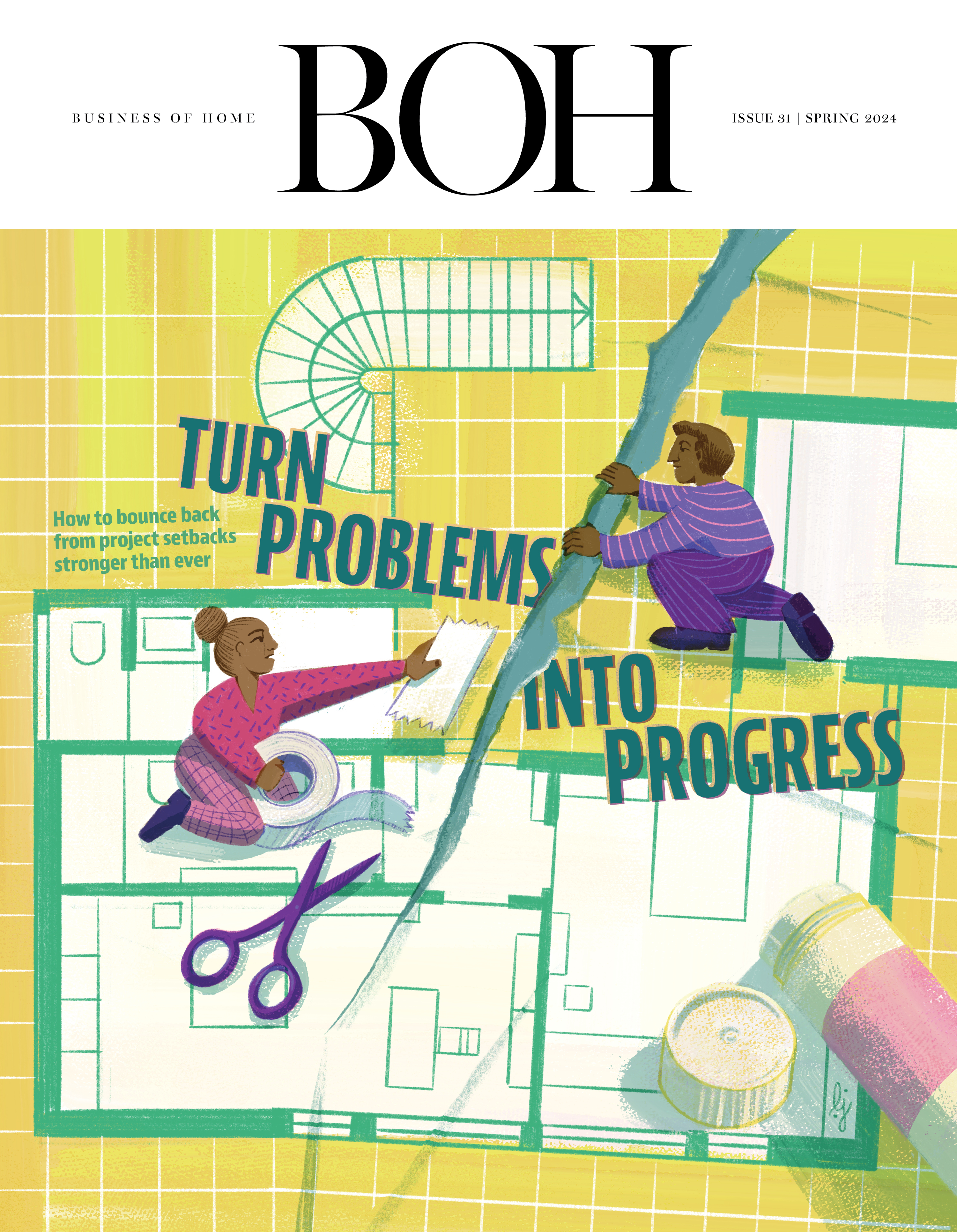


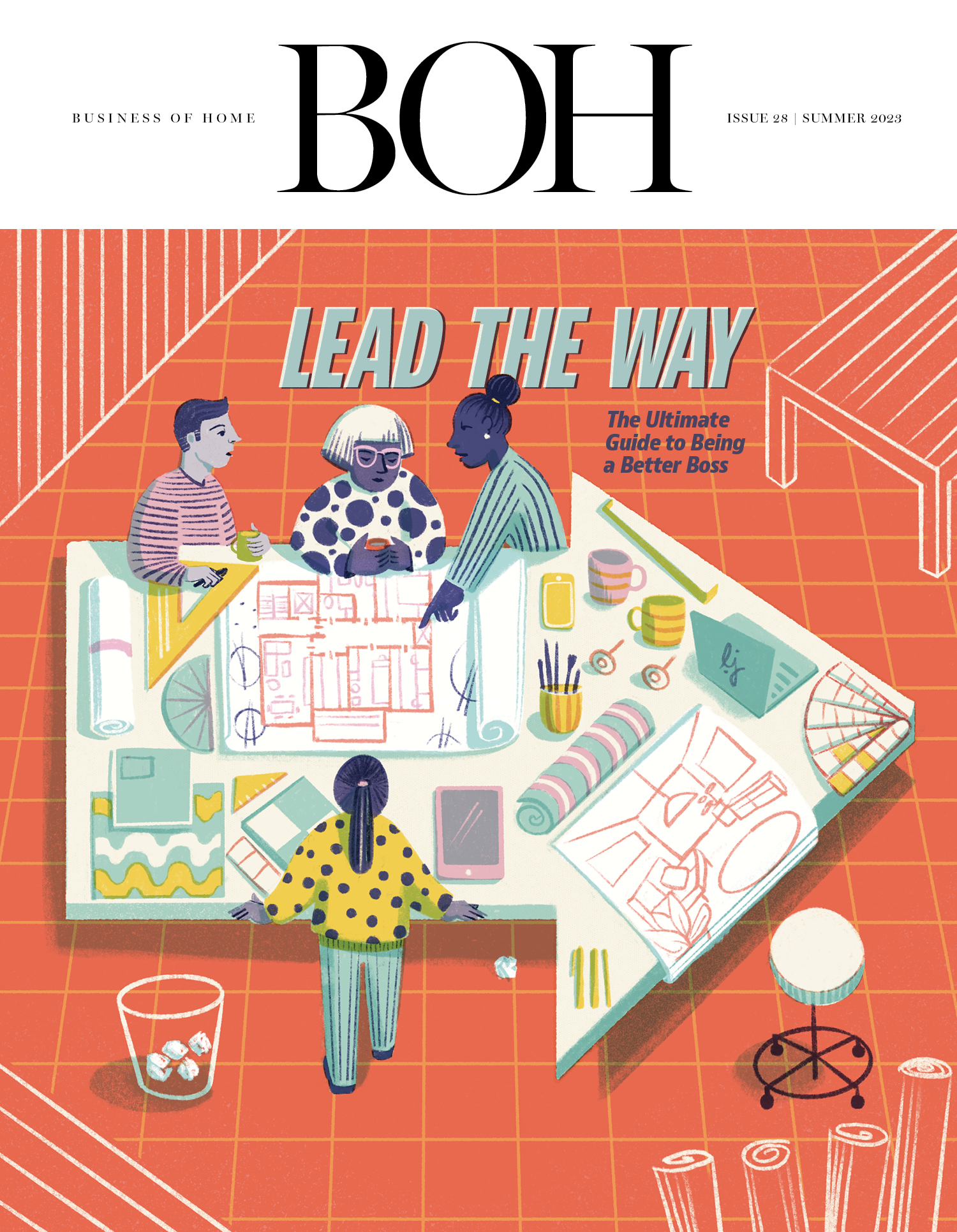

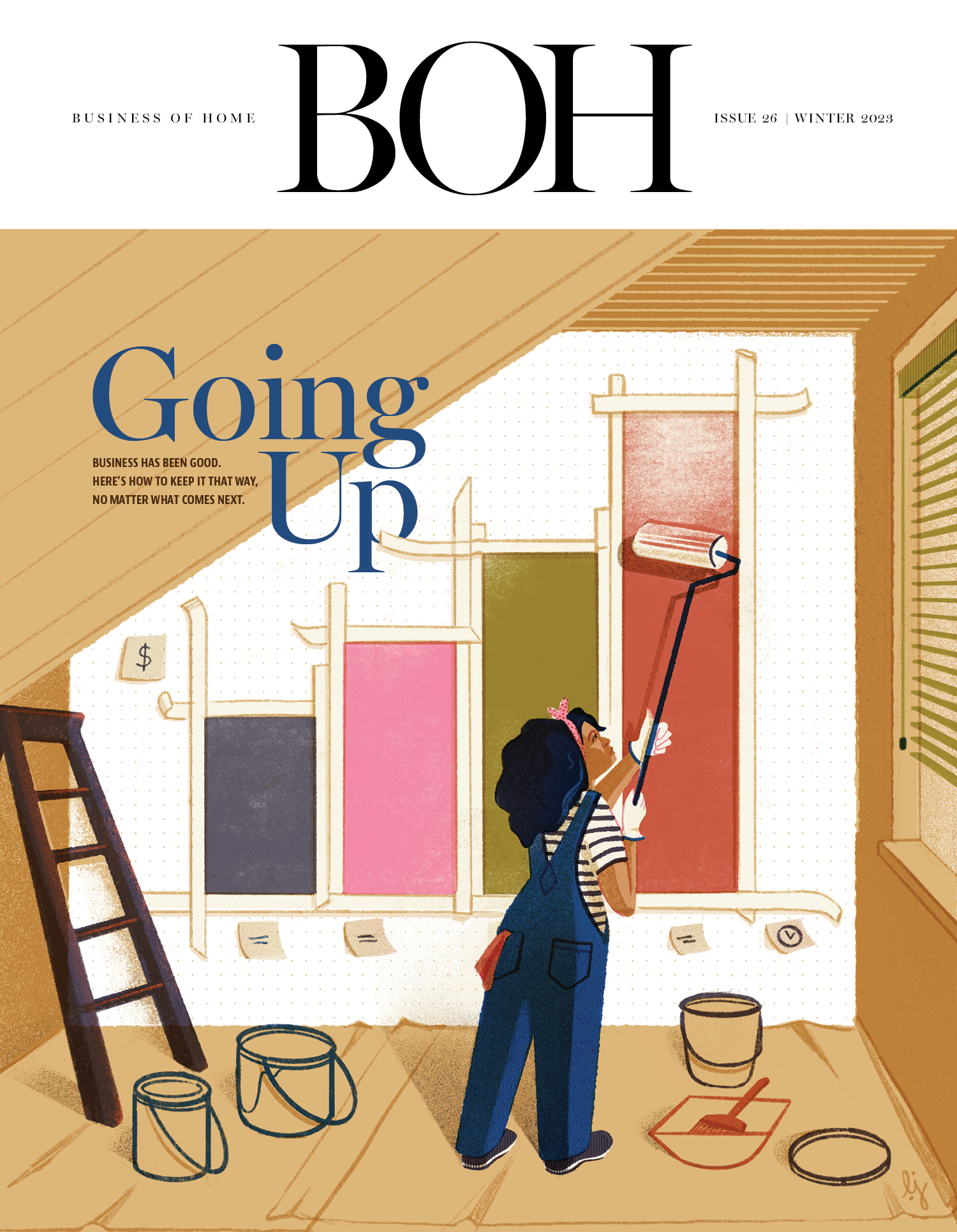
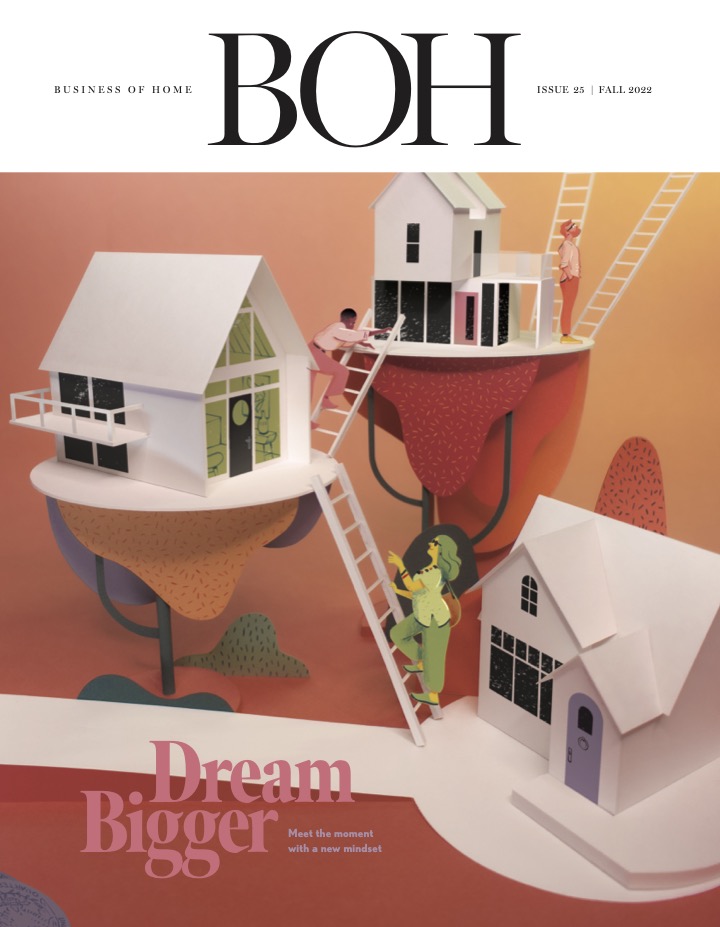






.jpg?1756475136)







